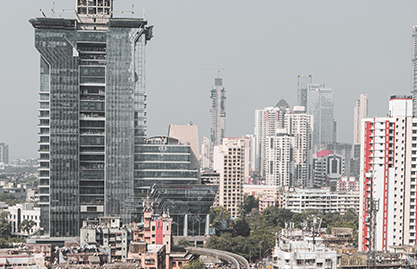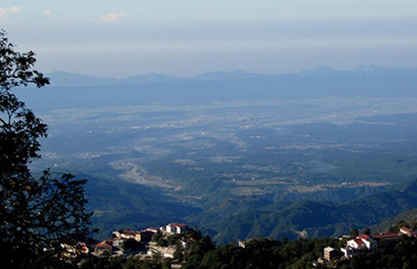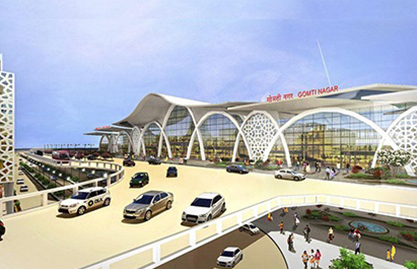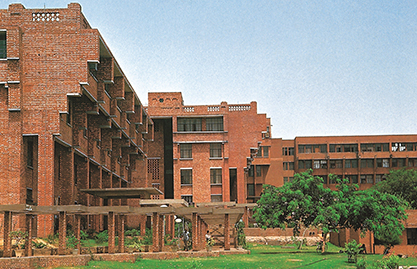How To Avoid The Next Joshimath From Happening?
Earthquakes are a natural disaster that can often be predicted and necessary evacuations can be carried out. Yet despite warnings, some earthquakes in history have wreaked unprecedented havoc. Even though they occur due to the movement of the earth’s tectonic plates, there is much impact in an area due to human intervention over a long period of time. A visible commonality between the two is their impact on the built environment. To look for such instances, one need not go further back in history. The recent Joshimath crisis and the Türkiye-Syria earthquake serve as classic examples of both. Amongst the many questions that such disasters raise, one is - what can architects, urban designers and planners do to lessen the impact of these disasters on the built environment or atleast not add to the existing pressure in ecologically sensitive and earthquake prone areas?
The Joshimath Situation - What and Why
Joshimath, a hilly town in the Chamoli district of Uttarakhand, started witnessing deep cracks in many of its structures around late 2022. The town is located in ‘Zone-V’ amongst the country’s seismic zones, thus making it very susceptible to earthquakes. Experts attributed the appearance of these structural faults to the town's gradual sinking. Consequently, many local families were displaced from their residences.
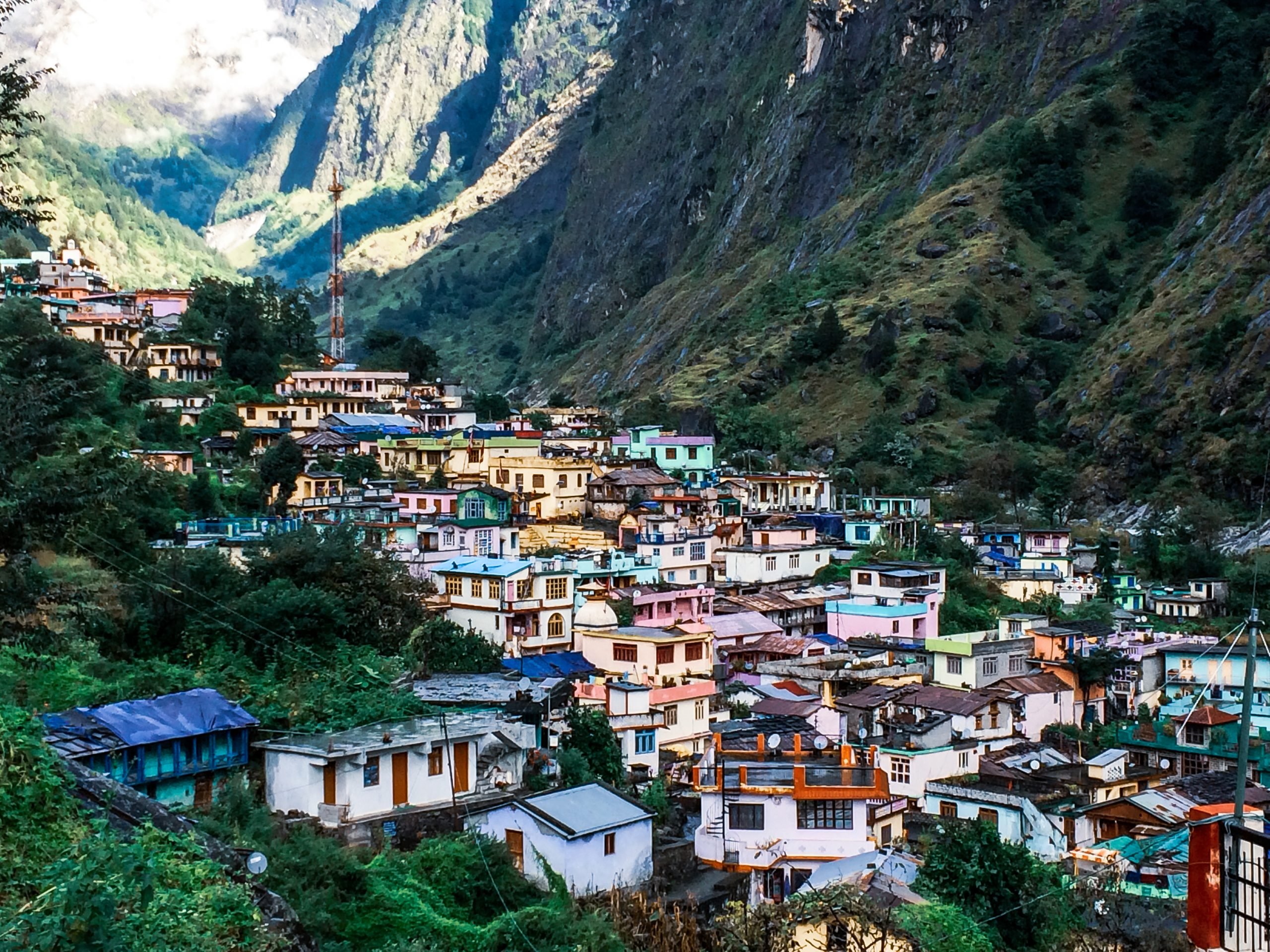
Joshimath, a hilly town in the Chamoli district of Uttarakhand
Unlike sudden earthquakes, which are natural phenomena, the situation in Joshimath was aggravated due to prolonged human intervention. Disproportionate development that continued in Joshimath over many years with little heed to the sensitivity of the area’s geology and ecology is one of the major causes behind the crisis. Moreover, unchecked pulling down of trees that hold the soil together further exacerbated the issue. Recent building interventions in Joshimath that meddled with its natural water-flow patterns also made the town increasingly prone to landslides.
Türkiye-Syria earthquake- What and Why
The recent series of earthquakes in south-eastern Türkiye and northern Syria came as multiple shockwaves, which dismantled the infrastructure unprecedentedly. Sweeping more than 50,000 lives till date. The 7.8 magnitude earthquake was followed by many major and minor shocks that hit instantly in regions considered less sensitive concerning such seismic events. Because of no anticipation of such an undesirable event, the building structures were not prepared to resist the high magnitude of tremors, and the resistant infrastructure in the region was also patchy. Moreover, an already war-torn Syria was even more miserable, with a large part of the population living in tent cities. The unfolded situation raised the herculean tasks of retrofitting the damaged infrastructure and rehabilitating the populace.

Turkey earthquake aftermath
Preparedness & Mitigation
Chronic disasters like the Joshimath crisis are birthed from unchecked development that defies nature. Therefore, it is important to understand town planning principles while planning development. One of the fundamental principles of town planning is to design and plan according to the context. In Joshimath’s case, it means considering the natural conditions of the land. An assessment of structures threatening the local ecology should also take place so that preventive measures can be taken on time. For instance, in the case of buildings obstructing the natural flow of water, its inhabitants can be allocated a piece of land in a safer part of the city for rehabilitation. Strategic masterplans should also be created with a vision for planned urban growth as these towns expand to cater to rising populations.
In Türkiye-Syria, where the existing buildings have already been damaged or are prone to damage beyond repair, plans must be put in place to evacuate and rehabilitate the local populace to safer areas before another calamity strikes. Schemes and policies for retrofitting and repairing buildings in relatively lower-risk areas should be introduced.
In both the cases, it is crucial to conduct a thorough study of the built environment regularly in such sensitive high seismic zones. The states can then be directed to conduct rapid research and investigation on the condition of the existing buildings in these regions. The process will help identify the degree of damage or threat posed to the local buildings, which can direct the mitigation efforts.





